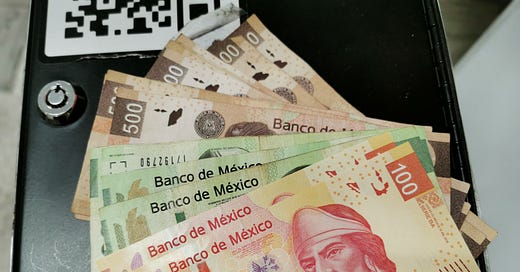💰Stop overpaying abroad: Save up to 14% on credit card & ATM fees
With one smart strategy, you can keep more of your money when you're traveling instead of handing it over to bank fees
When you’re traveling internationally, you’re probably spending a lot of time outside your comfort zone. So, when you’re paying for a meal with a credit card or taking cash out of an ATM, you might want to choose the currency that’s familiar to you, not the one where you feel like you have to do me…
Keep reading with a 7-day free trial
Subscribe to 💜 Eternal Spring to keep reading this post and get 7 days of free access to the full post archives.






